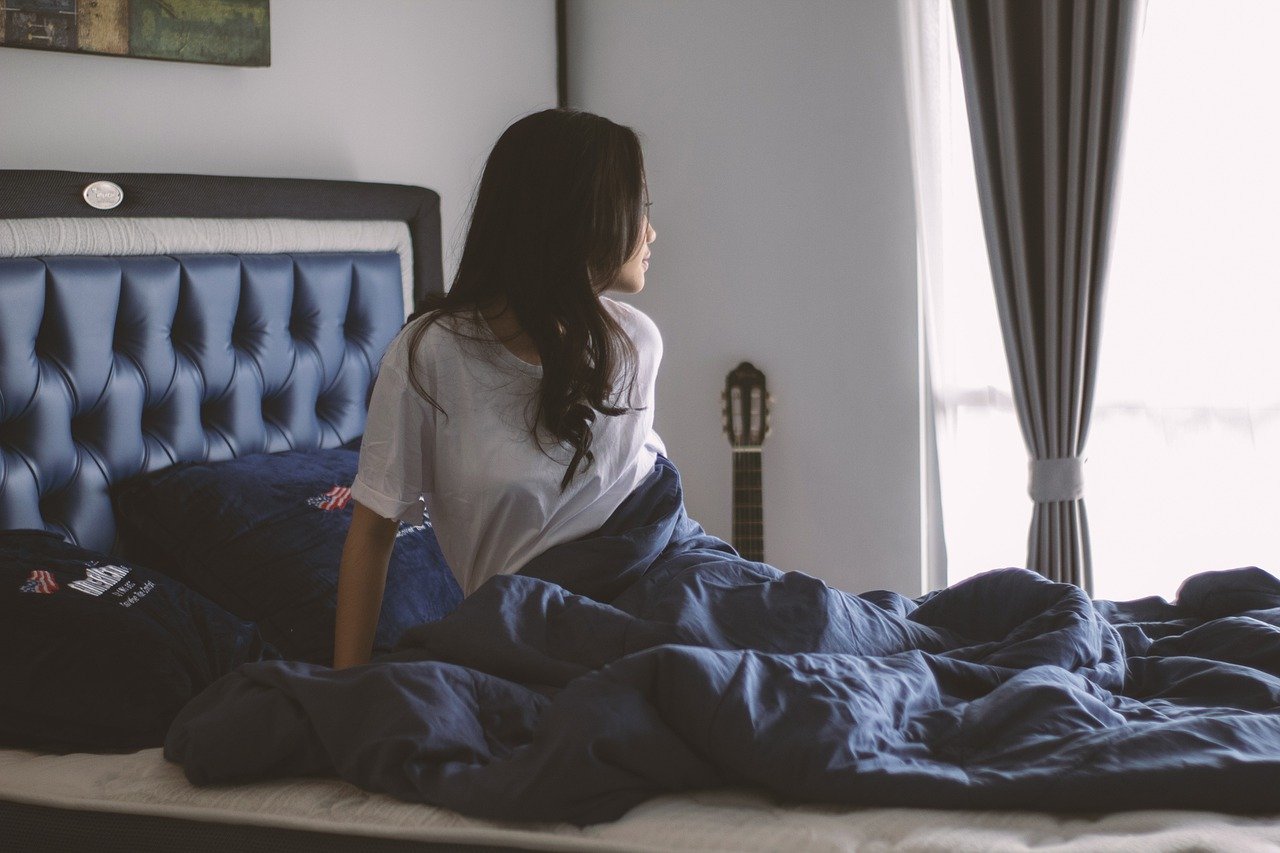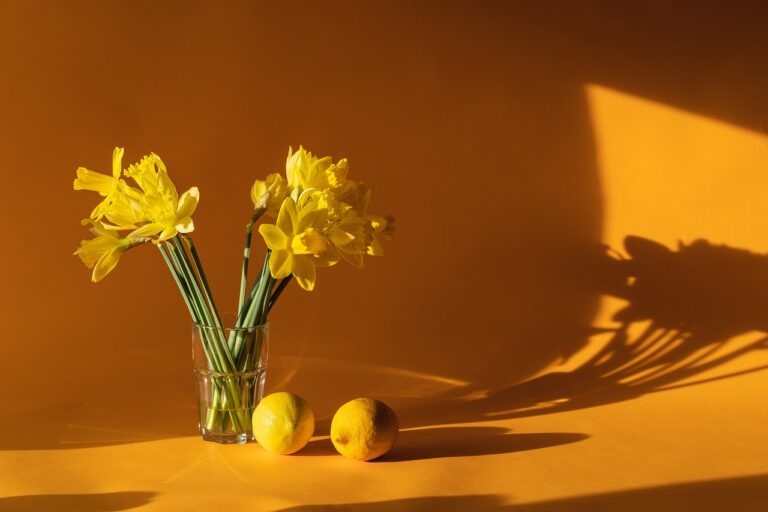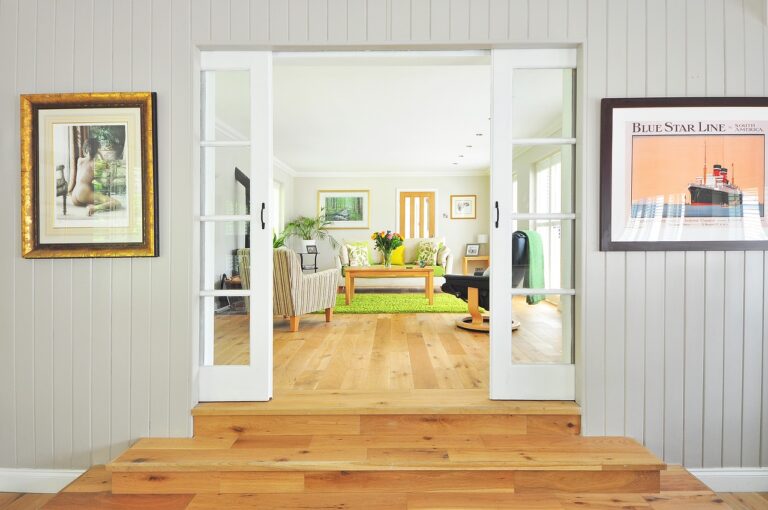The Psychology of Color in Home Design: Choosing Hues for Mood and Functionality
Color theory is the study of colors and how they interact with one another. Understanding the color wheel is crucial in comprehending how different colors relate and complement each other. The color wheel consists of primary colors – red, blue, and yellow – which are the basis of all other colors, and secondary colors created by mixing primary colors.
It is essential to grasp the difference between warm and cool colors. Warm colors like red, orange, and yellow are said to evoke feelings of energy, warmth, and excitement. Conversely, cool colors such as blue, green, and purple tend to create a sense of calmness, relaxation, and tranquility. By harnessing the power of warm and cool colors, one can effectively influence emotions and moods through color choices in design and aesthetics.
Impact of Warm Colors on Mood
Warm colors have the power to evoke various emotions and influence the mood of a space. Stimulating and energizing, these hues like red, orange, and yellow can create a sense of warmth and coziness in a room. Red, for example, is often associated with passion and intensity, while yellow can bring a feeling of happiness and optimism.
Incorporating warm colors into your environment can create a welcoming and inviting atmosphere, perfect for social gatherings or areas where you want to promote creativity and activity. These colors can make a space feel more intimate and lively, making them ideal for spaces where you want people to feel comfortable and engaged.
Cool Colors for Creating a Relaxing Environment
Cool colors such as blues, greens, and purples have a calming effect on our minds and bodies. These hues are often associated with nature and water, evoking feelings of serenity and tranquility. When used in interior design, cool colors can help create a peaceful and relaxing environment in any space.
In bedrooms and living rooms, incorporating cool tones through paint, furniture, and decor can promote a sense of coziness and comfort. Soft shades of blue can make a room feel more spacious and inviting, while greens can add a touch of freshness and rejuvenation. By utilizing cool colors effectively, you can transform any room into a soothing oasis where you can escape the stresses of everyday life.
• Cool colors such as blues, greens, and purples have a calming effect on our minds and bodies.
• These hues are often associated with nature and water, evoking feelings of serenity and tranquility.
• When used in interior design, cool colors can help create a peaceful and relaxing environment in any space.
• In bedrooms and living rooms, incorporating cool tones through paint, furniture, and decor can promote a sense of coziness and comfort.
• Soft shades of blue can make a room feel more spacious and inviting
• Greens can add a touch of freshness and rejuvenation to the space.
• By utilizing cool colors effectively, you can transform any room into a soothing oasis where you can escape the stresses of everyday life.
What is color theory and how does it impact our mood?
Color theory is the study of how colors interact with each other and how they can affect human emotions and behaviors. Different colors can evoke different moods and emotions in individuals.
How do warm colors influence our mood?
Warm colors like red, orange, and yellow are often associated with energy, warmth, and excitement. These colors can create a lively and vibrant atmosphere, but they may also increase feelings of tension or anxiety in some people.
What are some examples of cool colors that can help create a relaxing environment?
Cool colors like blue, green, and purple are known for their calming and soothing properties. These colors are often used in bedrooms, spas, and other relaxation areas to promote a sense of peace and tranquility.
How can I incorporate cool colors into my home decor?
You can incorporate cool colors into your home decor through paint, furniture, textiles, and accessories. Consider painting your walls a soothing shade of blue, adding green plants to your space, or incorporating soft purple accents through pillows or throws.
Can cool colors be used in combination with warm colors?
Yes, cool colors can be used in combination with warm colors to create a balanced and harmonious space. For example, you can pair a cool blue with a warm orange or a soft green with a rich red to create a visually appealing and inviting environment.







